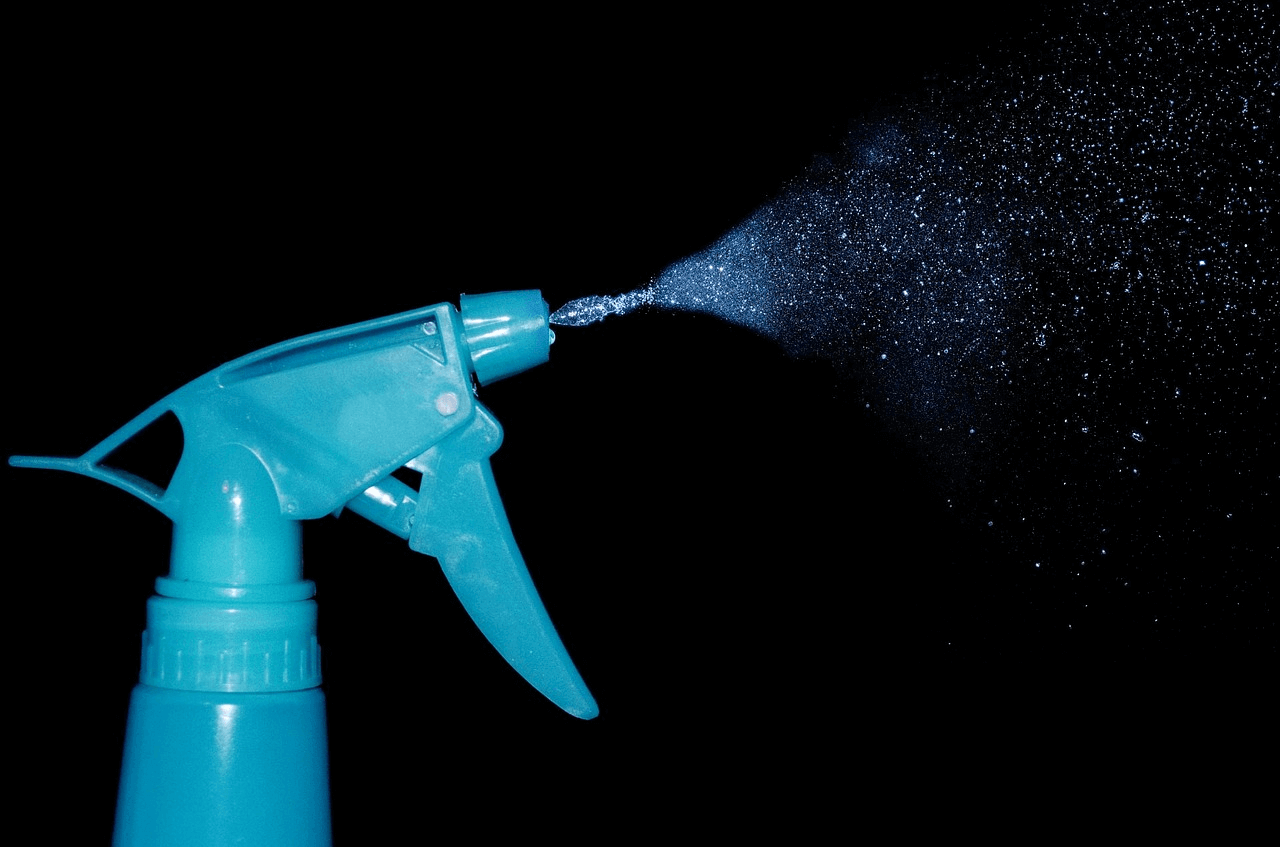Ringworm, a type of dermatophyte or pathogenic fungus, is not quite as disgusting as roundworm or tapeworm—which are gag-worthy creatures—since you can’t actually see ringworm. On the other hand, it can be harder to get rid of, as it is highly contagious. And like the other worms, humans can catch roundworm, too. With the right information and militant treatment and cleaning, a ringworm infection is certainly not unbeatable.
Read further to learn about:
- Recognizing ringworm
- Pet Treatment
- Human Treatment
- Cleaning up to eradicate and prevent
Recognizing Signs
Ringworm survives by feeding off the keratin in hair follicles so that once pets become infected, they usually begin shedding hair. Their skin will become red and inflamed and often they will develop dandruff as well. The spot will become uncomfortable, so they will start itching.
Two less likely, but still possible, scenarios are the development of nodular lesions called kerions. On the other hand, your pet could be a silent carrier, meaning that they are infected, but don’t show any symptoms. When other animals or humans become infected, though, they will express signs of an infection.

To confirm an infection, take your pet to the vet as soon as possible. There, they will perform a fungal culture, skin biopsy, or use a microscope. Since fungal cultures take a couple days to confirm an infection and up to a month to finally rule out an infection, as the cultures might be slow-growing, it’s important that you act quickly.
Pet Treatment
There are topical and oral treatments for ringworm available. While topical treatments work by killing the fungi on your pet’s skin, oral treatments inhibit fungal reproduction. Therefore, it’s vital that you use a topical treatment, even if your pet is on an oral one, because you’ll need to kill the fungi on your pet’s hair and skin so as not to contaminate the environment.
Topically applying Fauna Care Anti-Fungal Spray is a smart way of controlling environmental contamination and is easy to apply to your pet. Best of all, you don’t need to touch your pet’s skin to apply it so as not to contaminate your skin. The spray’s key ingredient ketoconazole works by interfering with the growth of the fungal cell walls so that the fungi leak and die.
Finally, griseofulvin and itraconazole are the two most common oral treatments that your vet may or may not prescribe. Often, topical and oral treatments are used together.

So you think you might have ringworm…
Maybe you have noticed a red, circular rash on your skin that’s been irritating you, and your pet just had a ringworm infection recently. On the other hand, maybe you are the first to contract an infection. Either way, the nine types of ringworm humans contract are named after the part of the body infected, not the species of ringworm, so the infection might or might not be zoonotic.
In any case, you’ll first need to be diagnosed for ringworm, so visit your doctor. If your pet has not been infected, it’s possible that you are infection with a non-zoonotic species—meaning that your pet cannot contract it. However, you could also have Microsporum canis, Microsporum gypseum or Trichophyton mentagrophytes. Once your doctor diagnoses the infection—either by examining skin scrapings with a microscope or with a fungal culture—you’ll know whether your pet is at risk of catching the infection.
Treating a human ringworm infection involves topical treatments like antifungal cream or antifungal spray, which usually must be used for two weeks. Systemic medications, taken orally, are normally taken for three months; your doctor will prescribe them if necessary. Systemic medications are often needed for scalp or nail fungus infections since external creams do not apply well in these areas. On the other hand, infections on fleshy areas or foot infections (such as the infamous Athlete’s Foot, for example) usually only require topical treatment.

Cleaning Up
Since it is possible to contract ringworm from indirect contact—through an object such as bedding or a towel rather than skin-to-skin—cleaning up the house is one of the main ways to manage and treat an infection. If your pet is on medication, but there are fungal spores in the surroundings, it will be harder to get rid of. Even worse, another pet or you might pick up the infection.
Pet tips for cleaning up and preventing ringworm:
- Clean pet brushes regularly
- Vacuum and steam clean carpets; discard vacuum bags!
- Reduce the stress of dirtying your vacuum and worrying about re-contamination by using a disposable vacuum so you can throw it out after the whole ordeal
- Confine infected pets to their own rooms with hard surfaces that are easy to clean
- Eliminate all dust, as infected skin and hair particles form dust
- Use a 1:10 solution of bleach and water on bleachable surfaces, and let surfaces remain wet for at least 10 minutes before wiping dry

Tips for you:
- If you develop signs of ringworm, cover the spot with a bandage until seeing your doctor so as to contain the infection
- Keep your skin clean and dry, as ringworm thrives in a moist environment
- Don’t walk barefoot in public locker rooms/showers
- Don’t share sports gear
- Wear gloves and protective clothing when dealing with your pet’s ringworm infection, then clean
Check out more tips on cleaning up your house and containing a ringworm infection. Remember that consistency is key when it comes to both treating an infection with medication and cleaning each day, so stick to it!





